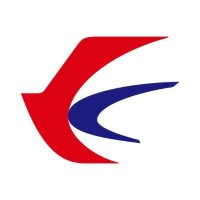
Bologna Airport
We are an international airport classified as a "strategic airport" for the Central-North area in the National Airport Plan drawn up by the Ministry of Infrastructure and Transport. In 2024, we welcomed 10.8 million passengers, ranking as the seventh busiest airport in Italy by passenger numbers (Source: Assaeroporti – Airports 2030). Located in the heart of the Emilia food valley and the industrial districts of automotive and packaging, we serve a catchment area of approximately 11 million inhabitants and 47,000 companies with a strong inclination towards export and internationalization, and commercial expansion policies towards Eastern Europe and Asia. Regarding airport infrastructure, among our strategic objectives for the coming years, we have an important development plan focused primarily on expanding the passenger terminal, particularly in the security control and boarding gate areas. Our goal is to become one of the most modern and functional airport terminals in Italy, serving as a significant gateway to the city and the region. We are a dynamic, continuously developing organization, capable of ensuring those who collaborate with us the opportunity to fully express their potential while safeguarding their well-being. We care for the people who work with us and are constantly seeking talented individuals who wish to join our team and share in our challenges and successes. Together, we aim to make a difference and soar to even greater heights.






